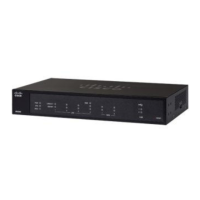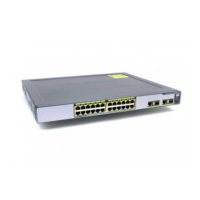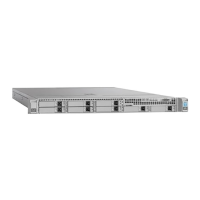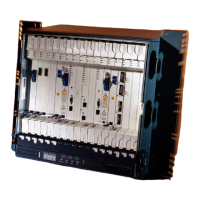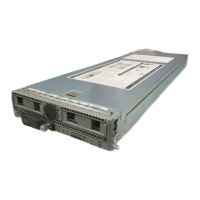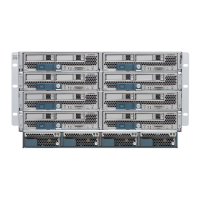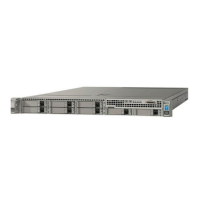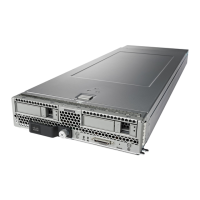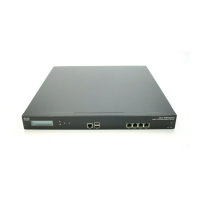traffic must exit the chassis on one interface and return on another interface to reach another instance.
You can add VLAN subinterfaces to a data interface to provide separate failover links per High Availability
pair.
• Data-sharing—Use for regular data. These data interfaces can be shared by one or more instances. Each
instance can communicate over the backplane with all other instances that share this interface. Shared
interfaces can affect the number of instances you can deploy. Shared interfaces are not supported for
bridge group member interfaces (in transparent mode or routed mode), inline sets, passive interfaces, or
failover links.
Chassis Interfaces vs. Instance Interfaces
At the chassis level, you manage the basic Ethernet settings of physical interfaces, VLAN subinterfaces for
instances, and EtherChannel interfaces. Within the instance, you configure higher level settings. For example,
you can only create EtherChannels in the chassis; but you can assign an IP address to the EtherChannel within
the instance.
The following sections describe the interaction between the chassis and the instance for interfaces.
VLAN Subinterfaces
You can create VLAN subinterfaces within the instance, just as you would for any device.
You can also create VLAN subinterfaces in the chassis. The instance-defined subinterfaces are not subject to
the chassis limit. Choosing in which location to create subinterfaces depends on your network deployment
and personal preference. For example, to share a subinterface, you must create the subinterface on the chassis.
Another scenario that favors chassis subinterfaces comprises allocating separate subinterface groups on a
single interface to multiple instances. For example, you want to use Port-channel1 with VLAN 2–11 on
instance A, VLAN 12–21 on instance B, and VLAN 22–31 on instance C. If you create these subinterfaces
in the instance, then you would have to share the parent interface in the chassis, which may not be desirable.
See the following illustration that shows the three ways you can accomplish this scenario:
Multi-Instance Mode for the Secure Firewall 3100
3
Multi-Instance Mode for the Secure Firewall 3100
Chassis Interfaces vs. Instance Interfaces
